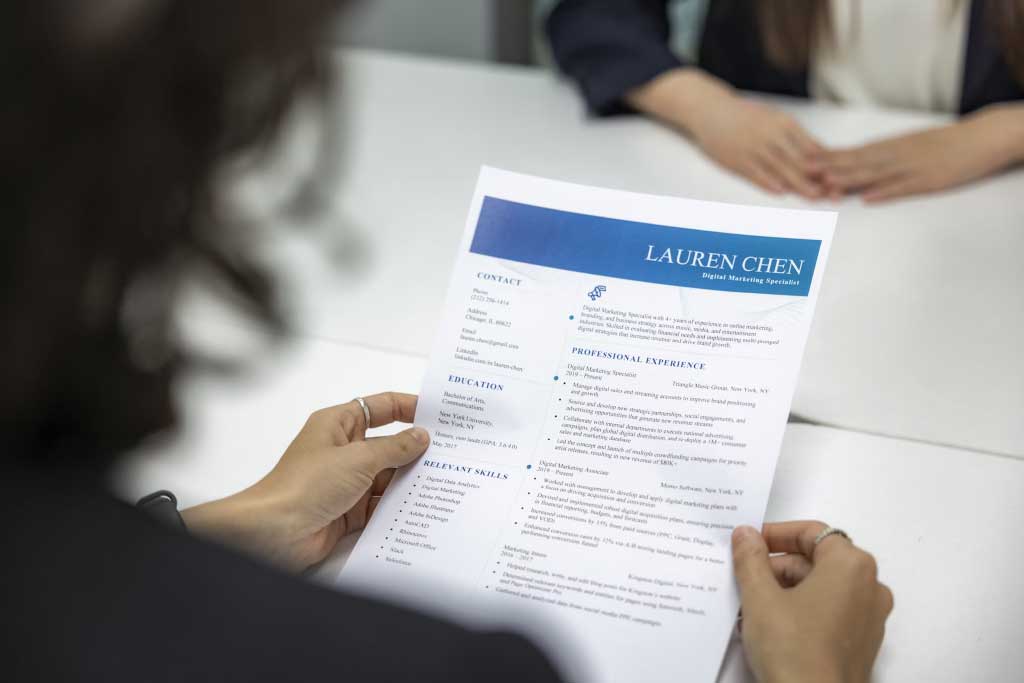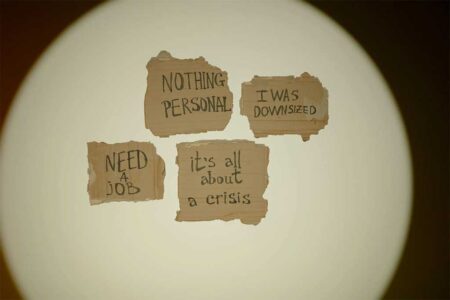Refining your CV or resume can help you to:
- Present yourself in the best possible light.
- Receive more invites to job interviews after sending out applications.
- Change careers or pivot into a different industry.
- Obtain higher-paid jobs.
- Stand out from the crowd of applicants and capture the attention of hiring managers and recruiters.
Despite this, a recent study found that only 33% of job applicants are happy with their CV or resume in its current form, with many citing that their CV doesn’t really reflect who they are or what they bring to the table.

With that in mind, here are some top tips that you can use to improve your CV or resume!
Ensure all of the key information is included. Sometimes, it can be hard to know what exactly you should include in your CV. However, you should make sure that it includes the following information:
- Personal details (name, contact number, email address)
- Work/professional experience (previous roles and duties)
- Academic background (Qualifications, grades, and institutions you’ve studied at)
- Skills (A list of key skills you’ve developed)
Keep it simple and to the point. While you may be tempted to include as much information as possible in your CV, it’s best to keep it simple. When providing your employment background, write a brief outline of your roles/duties, especially those that are relevant to the role you’re applying for. Remember, you’ll have more opportunities to expand upon this in your cover letter and interviews.
On a similar note, your CV should not be more than two pages in length, and you should make an effort to format it correctly. Leave white space between each section, to avoid your resume looking like a wall of text.
Use a template. If you feel as though you’ve nailed the content of your CV, but it doesn’t quite look right, there are plenty of free online templates that you can make use of. This way, you’re presenting the information in the best possible light. It could also mean your application stands out from the crowd, as you aren’t using the same black-and-white format as everyone else. In some cases, adding a photograph is also useful, but this is by no means a necessity.
Continue to add to your CV. The more qualifications and certifications you have under your belt, the better, especially if you are applying for more senior positions. This is because it gives the hiring manager a reason to choose you over other skilled applicants, especially if you’re bringing something new to the table.
For example, health and safety-related qualifications or skills, such as the ability to rescue with CPR, are always appreciated, no matter what industry you’re working in. After all, it means that you’ll be able to help colleagues, customers, and those around you in emergency situations while also elevating their health and safety standards and processes. As such, completing CPR courses is always worthwhile and a great way to pad out your CV.
Change your CV each time you apply for a new role. While altering your CV every single time you apply for a new role may seem like a waste of time, it greatly increases your chances of making it to the interview stage. This is because the majority of recruiters and hiring teams use CV-checking software to scan applications, often searching for keywords and phrases that match those in the job description itself. If they are not present in your CV, it may not even be looked at by a ‘human,’ no matter how qualified or competent you are.
As such, you should make sure that you tailor your CV with this in mind, paying close attention to the keywords, phrases, and buzzwords featured in the job description or application pack. This shouldn’t take up too much of your time overall.
Showcase your transferable skills. When refining the skills section of your resume, try to focus on emphasizing skills that aren’t already covered in the rest of your CV. For example, if you’ve spoken at length about the different tech and tools you can use confidently, there’s no need to reinstate that you are tech-savvy. You could instead focus on your ability to work as a team or independently, giving the employer yet another reason to hire you. Again, it is worth tailoring this section of your CV to the specific role that you are applying for.
Ask for feedback. If you’re receiving rejection after rejection or simply feel as though your CV is not where it needs to be, asking for feedback can also be useful, whether that’s from hiring agents themselves or a current colleague. As they’re coming into it from a fresh perspective, they may be able to identify any mistakes that you are making or important things that you may be missing out on.
Proofread it carefully. While this may seem fairly obvious, a recent study found that 9 in 10 CVs or resumes contain some kind of spelling or grammatical error. Although this isn’t necessarily a sign you’re unfit for the job (unless you’re applying for a writer’s role), it doesn’t really speak to your professionalism or attention to detail. It could also suggest that you’ve simply thrown the application together at the last minute, as opposed to putting time and energy into it. As such, you should make sure you check your resume carefully before submitting it everywhere, making use of free spelling and grammar checkers if necessary.
Final thoughts. In short, there are many steps that you can take to improve your CV or resume, whether you’re applying for a new role or simply feel as though it needs updating. Doing so will put you in the best possible position moving forward, often giving you the edge over other candidates who may not have been so thorough when putting together this all-important document.
Do you have any tips for putting together a fantastic CV or resume? Leave them in the comments below!








